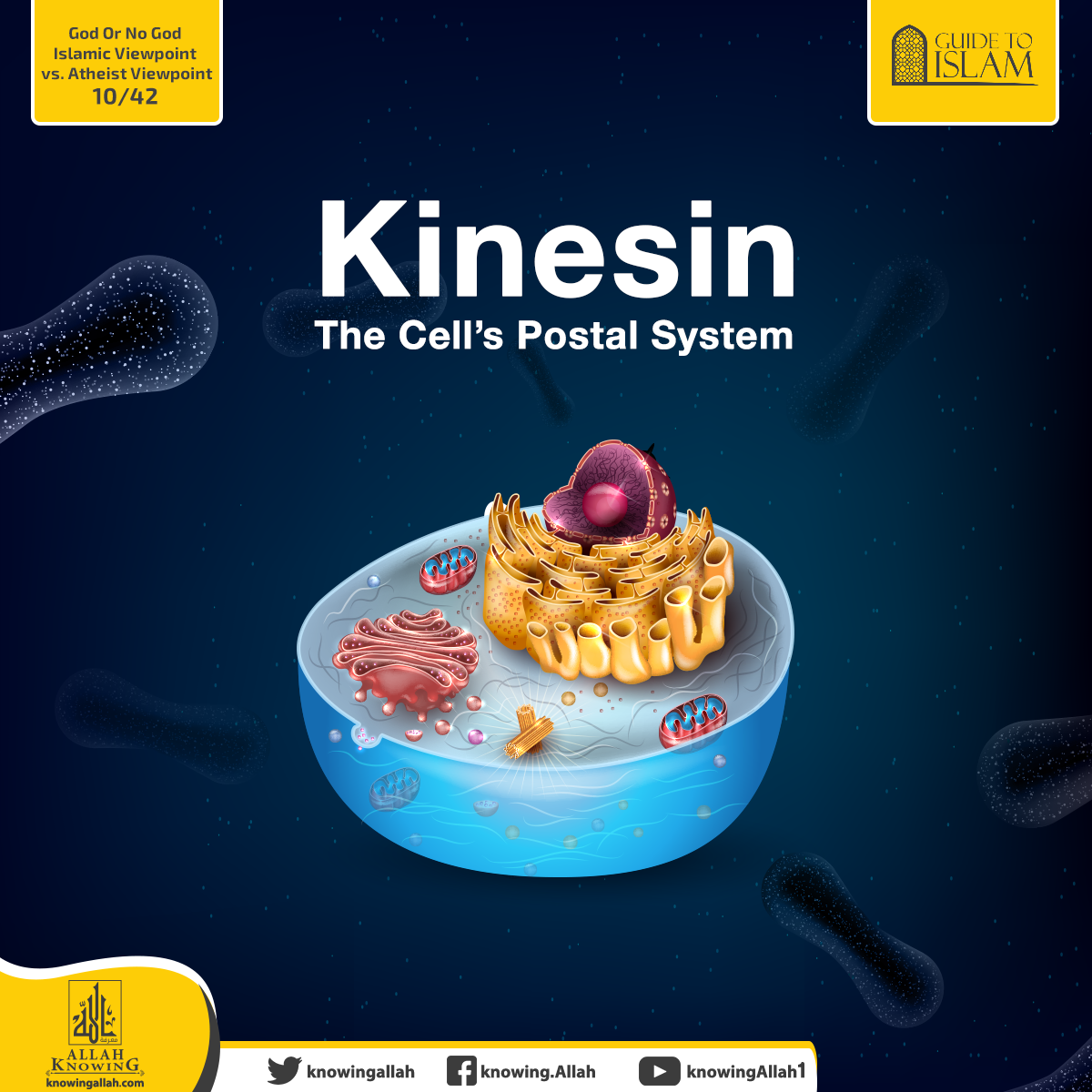Wonderful Messengers: Scent Cells
 (Figure 7) Some cells in the sensory systems. As we can see, each sense cell has a special design. |
Scent receptors are actually nerve cells whose main function is to carry to the olfactory bulb the messages triggered by scent molecules. Views in the scientific world differ as to their numbers. Some researchers put the figure at 10 million , and others at around 50 million. Millions of scent cells in the olfactory region—which is no larger than the smallest postage stamp—are arranged in an astonishing regularity. If you possessed all technical means and were asked to place millions of cells in exactly the right locations, could you do it? Such a task would of course be impossible. After all their years of research, scientists have been unable even to determine the exact number of cells, let alone set out millions of them, showing that this task is of course impossible.
Within the scent cell itself, there is also a striking division of labor. As the well-known researcher Stuart Firestein points out: "The olfactory system accomplishes its sensory tasks with biological mechanisms that are common to many signaling systems." This special design quickly manifests itself in drawings prepared from electron microscopy images. (Figure 7) The olfactory cell consists of three main sections, the cell body in the middle, the micro-hairs known as cilia at one end, and a protrusion known as the axon at the other. (Figure 8) The cell body is where many complex activities take place, the cilia where contact is made with scent molecules, and the axon where electrical signals are transmitted.
 There are between 15 and 20 million scent cells in the nose. Each one survives for about a month and is then replaced by others. |
 (Figure 9) The structure of a scent receptor. The structure consisting of seven spirals, in the upper part of the diagram, is the section on the receptor cell membrane. The units at the bottom of the diagram constitute the part remaining inside the cell. |
The number of micro-hairs at the end of the cell ranges between 10 and 30, and their lengths between 0.1 and 0.15 millimeters (0.0039 to 0.006 inch). The difference between these scent hairs and similar ones in other regions of the nose is that the former move and possess scent receptors. (Figure 9) In contrast to the other cilia in the body, the olfactory micro-hairs are entirely independent structures. They assume the role of a skeleton for the receptors. Close inspection shows the most productive design for the micro-hairs, with a wide area for contact between scent molecules and receptors being squeezed into a very small region. In addition, latest research has revealed that each olfactory cell contains just one of a thousand different types of scent receptor, as we'll consider later, in greater detail.
Though the term cilia or micro-hairs may suggest very simple structures, the fact is that these terms describe only the shape of the structures in question. In fact, olfactory micro-hairs possess an incomparable and extraordinary communications technology. Scent molecules that dissolve in the mucus combine with special receptors on the scent micro-hairs. The relationship between the scent molecule and the receptor resembles that between a lock and key. As a result of molecular details that have not yet been fully clarified, a signal is formed within the scent-receptor cell. At this stage, a great many proteins and enzymes unfailingly discharge the responsibilities placed upon them.
 (Figure 10) The main stages of the cAMP communication line that forms in the cell when the scent molecule bonds to the scent receptor. |
The process by which scent-receptors turn the characteristics of scent molecules into electrical signals is rather complicated. At present, only two of the communication networks in the scent-receptor cells are known. In the very simplest of terms, the communication can be summarized as follows:
 (Figure 11) The electrical signal, created in the scent cells as a result of various chemical reactions, reaches the olfactory bulb by moving along the axon. |
Let us first examine the communication established by means of cAMP (adenosine 3',5'-cyclic monophosphate). (Figure 10) When scent molecules combine with the receptors, a rapid sequence of processes begins within the scent receptor cell. First, the G-old protein is brought to an active state and sets the enzyme AC into action. AC accelerates the transformation of ATP in the cell into cAMP—a messenger bound to the channel that joins the cilia to the cell membrane.
This results in the channels opening up and calcium ions entering the cilia. Entry of the calcium ions causes the chloride channels to open, and chloride ions leave the cilia. In this way, a cell with an initial negative charge becomes without charge and an electrical signal forms as a result of this series of chemical reactions, moving along the cell axon to reach the olfactory bulb.
Some scent molecules do not affect the level of cAMP, but instead raise the concentration of IP3 (inositol 1,4,5-Triphosphate), which initiates the process that releases the electrical signal in the cell. The stages of the chain reaction of this cellular communication line have not yet been fully understood. However, the communication within these minute cells is clearly the product of an astonishing design.
While all this is taking place at one end of the olfactory cells, astonishing processes are occurring in the axons at the other end. The axon carries the signal emerging in the cell to the olfactory bulb in the anterior region of the brain. (Figure 11) In order to reach the bulb, neuronal cells form axons that are bundled in groups of 10-100 to penetrate the ethmoidal cribriform plate, whose porous structure allows the olfactory nerves to pass through it. The design in this part of the skull is just one factor that enables you to perceive odors. Otherwise it would be impossible for the nerves to establish communications with one another, and thus to transmit olfactory signal. If all the necessary elements comprising the olfactory system were present, but nerves' passage through the bone was impeded, then you would be unable to smell. No doubt, every detail in this system is wholly indispensable.
To summarize these facts in a single sentence: The flawless communication in the olfactory cell is the result of special design, and that design is just one of the countless proofs of the splendor in creation.


